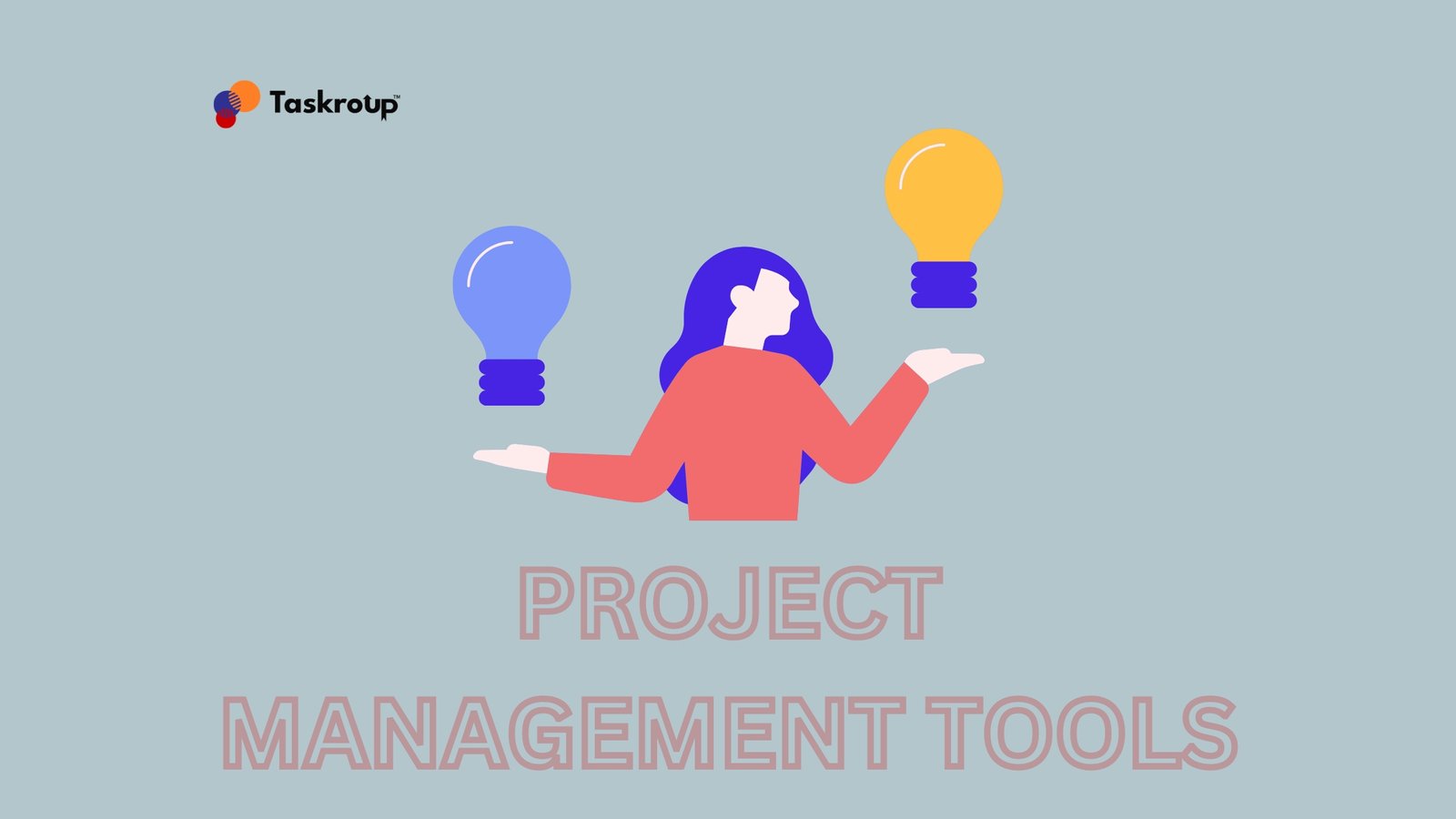Physical Address
304 North Cardinal St.
Dorchester Center, MA 02124
Physical Address
304 North Cardinal St.
Dorchester Center, MA 02124

Traditional project management has a rich history, with tools like Gantt Charts being central to planning and execution. As organizations sought structured ways to manage projects, these charts provided a clear visual representation of timelines, tasks, and dependencies. Over time, this method became a cornerstone of project management resources, offering a straightforward approach to tracking progress and ensuring deadlines were met.
With the advent of digital technology and a rapidly changing business landscape, project management methodologies have evolved significantly. Enter Agile, a methodology that has gained considerable traction due to its ability to offer flexibility and adaptability. Unlike traditional methods that often struggle with change, Agile thrives in dynamic environments, making it ideal for modern projects. Taskroup play a vital role in streamlining business operations using Project management software. It helps in organizing tasks, managing resources, tracking progress, and improving overall efficiency.
Agile methodologies are crucial for contemporary projects as they provide the responsiveness and iterative improvement needed in today’s fast-paced business world. By focusing on customer collaboration and adaptability, Agile ensures that projects remain aligned with evolving requirements and stakeholder needs.
Gantt Charts are a staple in traditional project management, offering a visual project planning tool that displays a project’s schedule. These charts help managers plot out tasks, allocate resources, and monitor progress. Their simplicity and clarity have made them a favored tool for decades.
However, traditional methods like Gantt Charts are not without limitations. They often lack the flexibility to accommodate changes easily and may not support iterative processes effectively. This rigidity can hinder project success in environments where requirements frequently evolve.
In today’s dynamic business environment, projects demand more flexible and adaptive methodologies. Agile methods address these needs by promoting continuous iteration and responsiveness, ensuring that projects can adapt to changing circumstances and deliver value consistently.
Agile methodologies are built on core principles that emphasize customer collaboration, responsiveness to change, and iterative development. These values ensure that projects remain aligned with user needs and can pivot quickly when necessary.
The benefits of Agile are manifold. It promotes faster delivery of project components, greater adaptability to changing requirements, and increased stakeholder engagement. This approach helps teams deliver higher-quality outcomes more efficiently.
Two popular frameworks within Agile are Scrum and Kanban. Scrum focuses on short, time-boxed sprints that enable teams to tackle work in manageable chunks, while Kanban visualizes work in progress, promoting a continuous flow of tasks and reducing bottlenecks.
Transitioning from traditional to Agile project management involves several steps. Companies can start by training their teams in Agile principles, establishing clear communication channels, and fostering a culture of continuous improvement.
Successful Agile implementation requires encouraging collaboration, embracing transparency, and prioritizing customer feedback. By doing so, teams can ensure that they are consistently delivering value and improving their processes.
Agile is particularly popular in software development and IT projects. Its ability to adapt to changing requirements and promote collaboration makes it an ideal choice for these fields, where flexibility and responsiveness are crucial.
Beyond IT, Agile methodologies are being applied in non-technical projects and industries such as marketing, finance, and healthcare. This broader application highlights Agile’s versatility and effectiveness in driving project success across diverse domains.
In conclusion, the shift from traditional project management to Agile methodologies has transformed how projects are planned, executed, and delivered. By exploring tools like Gantt Charts and embracing Agile principles through frameworks such as Scrum and Kanban, project managers can better adapt to changing environments and deliver results more efficiently. Taskroup recognizes that the future of project management lies in embracing flexibility, collaboration, and continuous improvement, ensuring that teams can navigate the complexities of modern projects with agility and success.